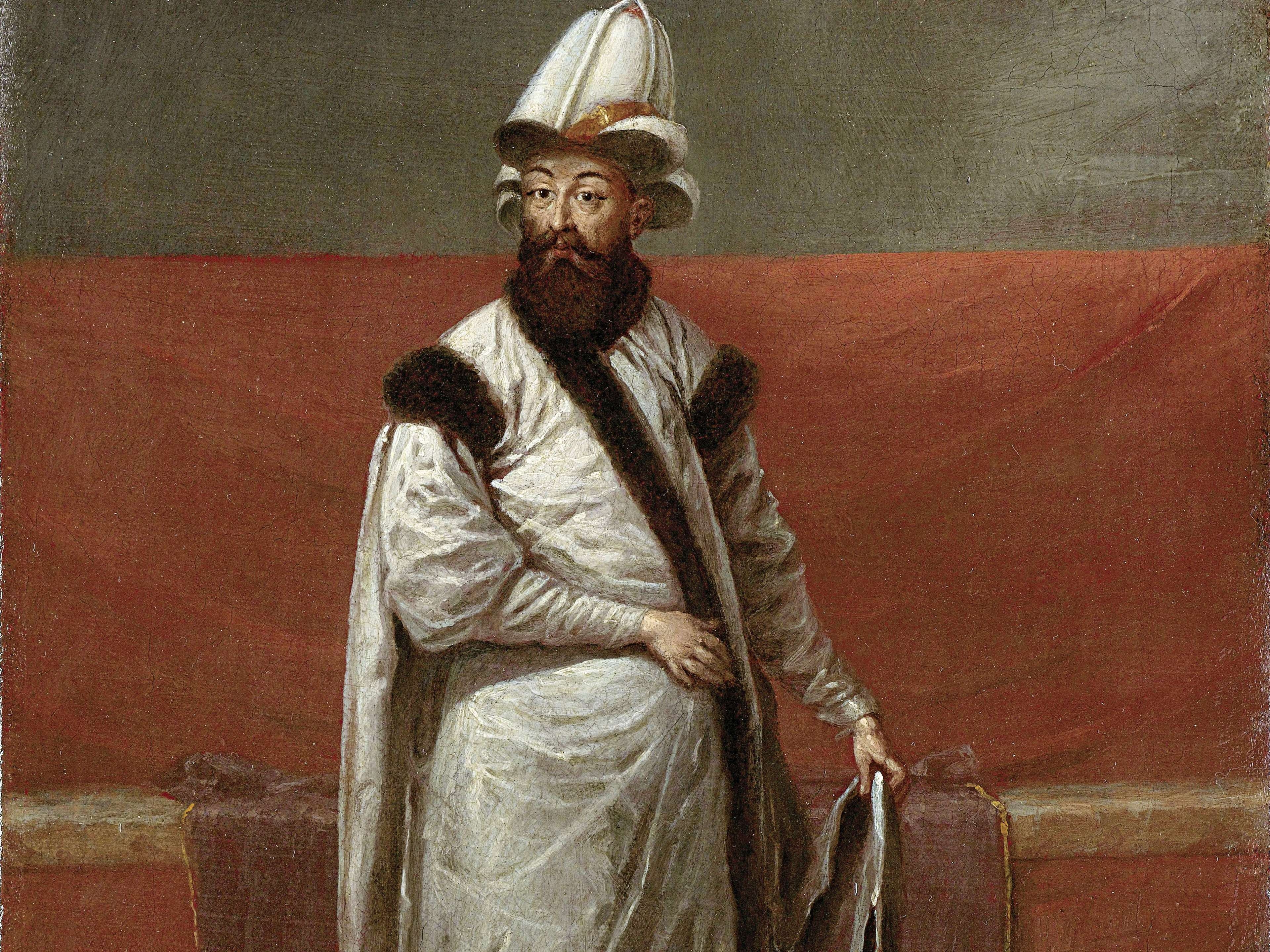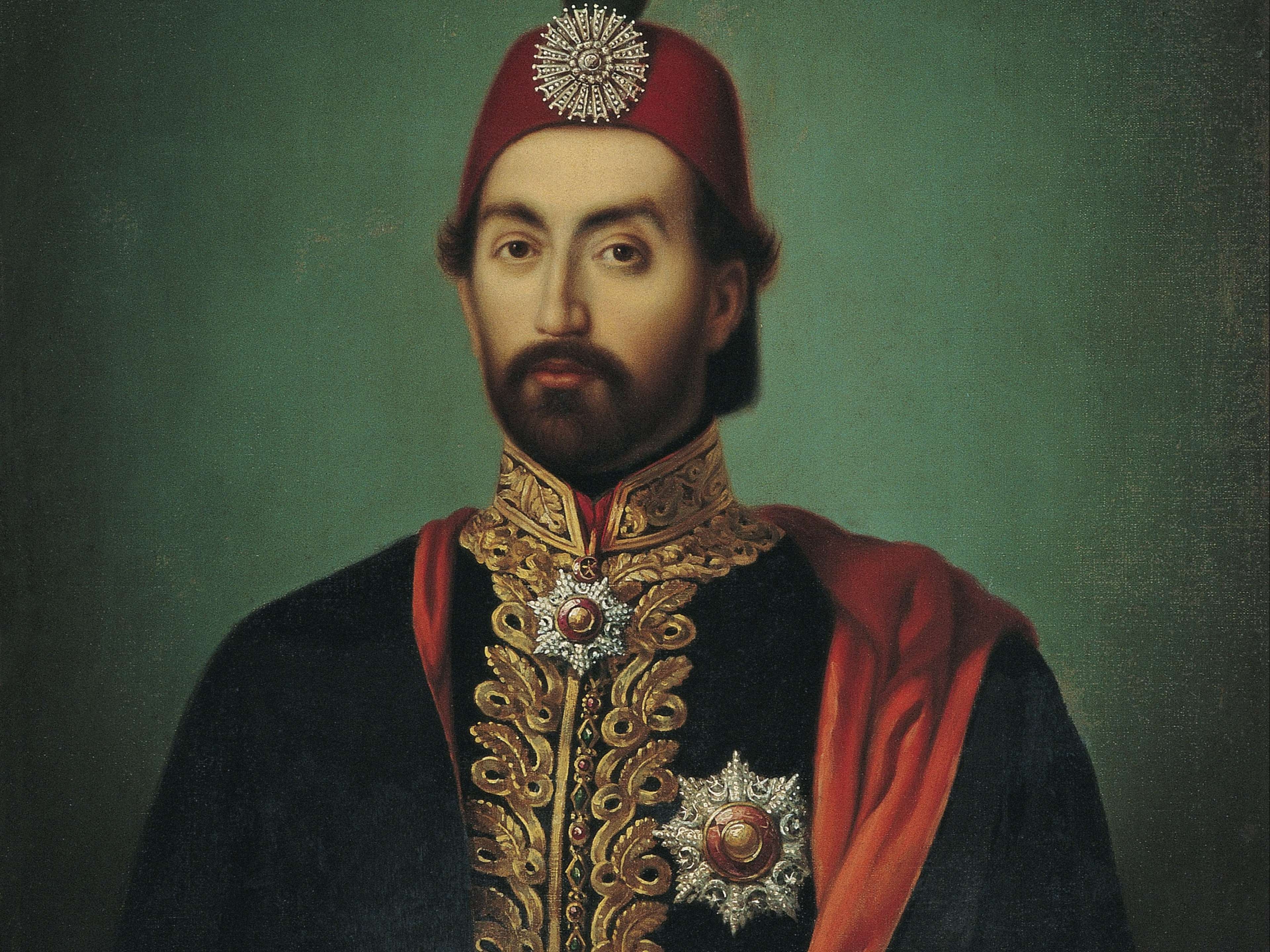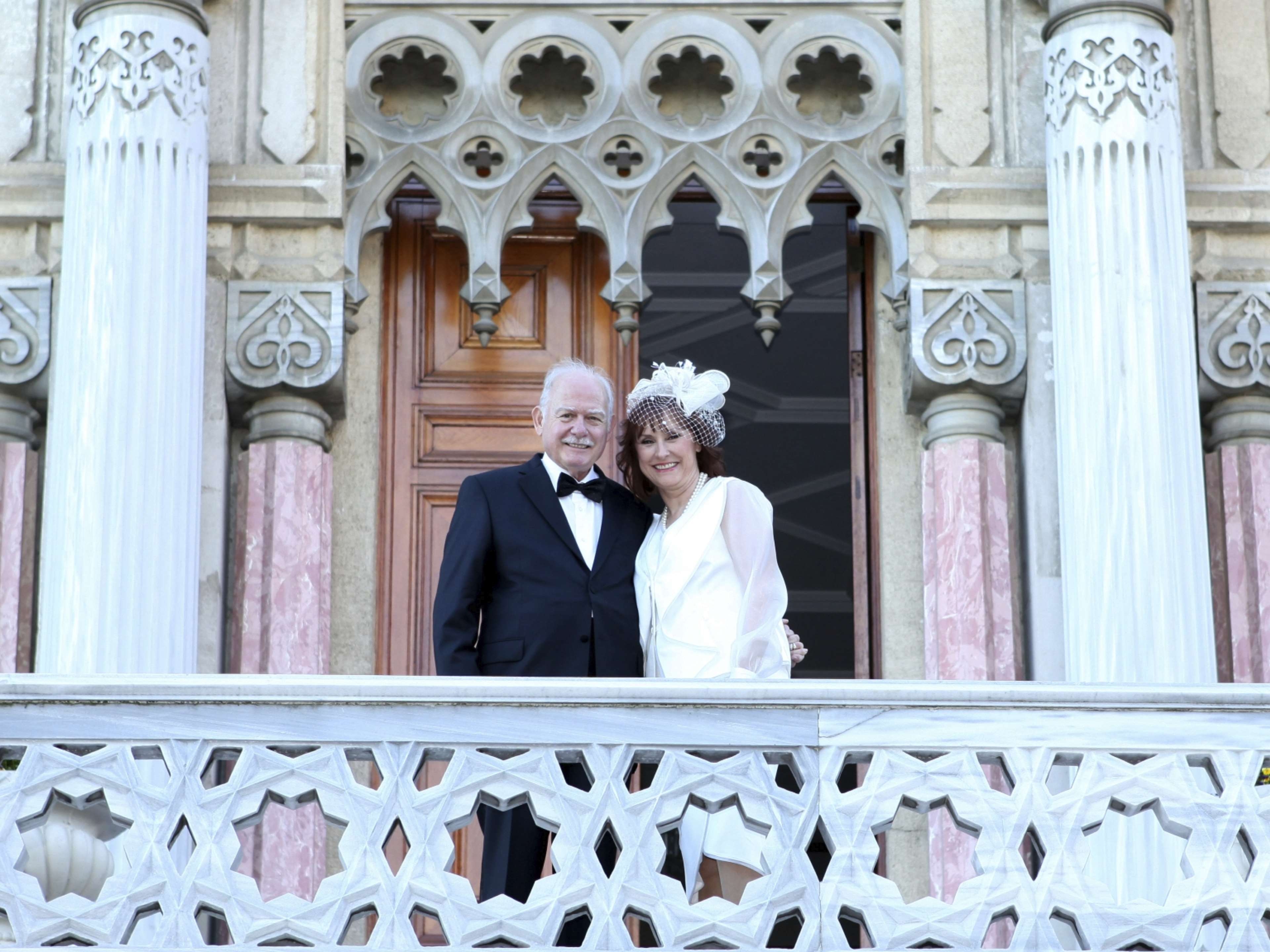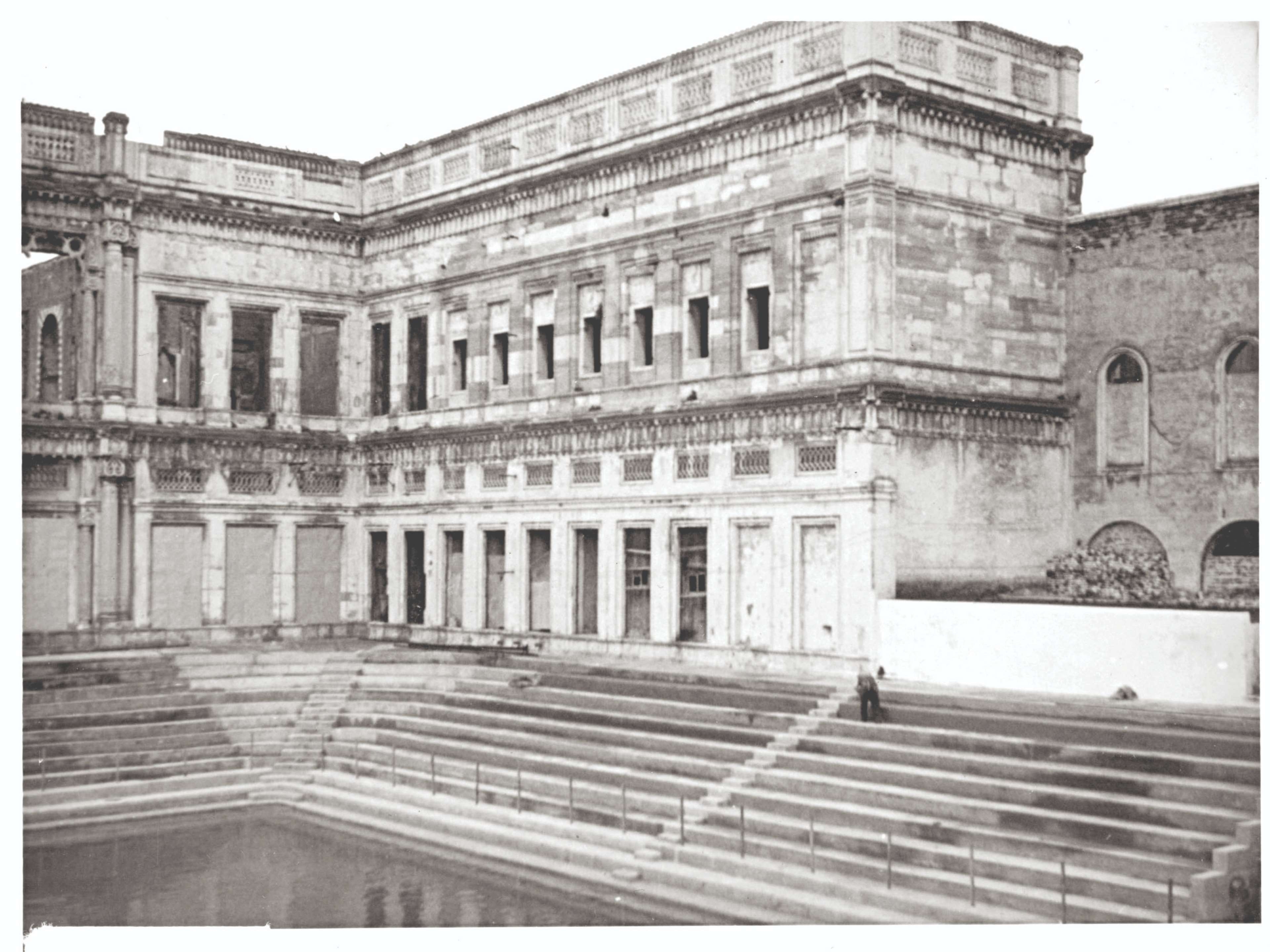
History of the Palace
History of the Palace
ÇIRAĞAN PALACE
The history of the Çırağan Palace is much older than expected, dating back to 17th century. In that century, the location of the Palace was famously known as the "Kazancıoğlu Gardens". It was an important location that was designated as an Imperial Garden, a Hasbahçe, during the reign of . Sultan Ahmed I (r. 1603 - 1617) for the exclusive use of the sultan and his family. During the reign, Sultan Murad (r. 1623 - 1640) gifted the land to his daughter Kaya Sultan. It was then that the first imperial structure was built on the grounds.
The ascension of Sultan Ahmed III (r. 1703 - 1730) to the throne and Nevşehirli Damad Ibrahim Pasha (Ibrahim Pasha of Nevsehir, known as the "Son-in law Ibrahim Pasha") to the post of Grand Vizier marks the beginning of the Çırağan Palace's adventure at the Bosphorus. Married to Fatma Sultan, the daughter of the Ottoman sultan, Ibrahim Pasha built a beautiful structure for his beloved wife on the grounds. This was the first structure that carried the name "Çırağan", a mansion by the side of the Bosphorus known as the "Çırağan Yalısı".
The Çırağan Yalısı was the most famous building on the Bosphorus in the 18th century and also became one of the most frequently visited places on the seven sultans who took the throne in this century. Sultan Ahmed III spend most of his 27-year reign at this palace. Grand vizier Ibrahim Pasha and Fatma Sultan frequently invited the sultan and the Imperial Harem to the Çırağan Mansion and hosted many legendary entertaining events there.
The name "Çırağan" took its inspiration from the lampion festivities that became a hallmark of the Tulip Era. Sparkling in lights from colourful lampioıns and a kaleidoscope of colours from the blooming tulips in its gardens, the Çırağan Mansion in 18th century Istanbul must have looked like a mesmerizing image from One Thousand and One Nights. Embodying all the colours of the Palace and of Tulip-Era Istanbul, the Çırağan, in its elegance, rivalled the sun in daylight, while its illuminant lampions eclipsed the moon at night.
The transformation of the Çırağan Mansion into a seaside palace coincided with the reign of Sultan Mahmud II (r. 1808 - 1839). In 1834, the sultan ordered the construction of the first large palace on the grounds by demolishing the existing mansion and the adjoining Mevlevi Lodge of Beşiktaş. The new wooden palace's architectural design was classical, making it the first Ottoman imperial structure to be built in this style. Its Bosphorus-facing façade was supported by 40 heavily decorated monumental columns. Sultan Mahmud did not live long enough to see the completion of his much-desired palace.
Following the death of Sultan Mahmud, the palace's construction was completed (1839) by his son Sultan Abdülmecid, Sultan Abdülmecid (r. 1839 - 1861) lived in the Çırağan Palace from time to time until the construction of the main palace, the Dolmabahçe Palace, was completed in 1856. The same year he set up residence at the Dolmabahçe, the sultan ordered the demolition of the Çırağan and the building of an even grander new palace complex on the grounds. Alas, just like his father before him, Abdülmecid did not live to see the completion of this palace. The Çırağan Palace of the present day was to be completed in 1871 by his brother Sultan Abdülaziz (r. 1861 - 1876).
The architectural style of the Çırağan Palace is neither European nor Asian. One may describe it as a place where all the graceful elements of the world's tastes and aesthetics converge in harmony. The Palace cost 2.5 million gold coins and was built by the Balyan family, who were members of the Ottoman Empire's Armenian community, and imperial architects of the Palace. The doors of the Palace were regarded as exquisite works of art representing the pinnacle of wood and mother-of-pearl craftmanship, each costing 1,000 gold coins to make. One of these doors was removed on the orders of Sultan Abdulhamid II (r. 1876 - 1909) and presented as his gift to the visiting German Emperor Wilhelm II, who had admired the doors.
French Empress Eugénie was one of the most important guests Istanbul hosted in the 19th century. Empress Eugénie's reciprocal visit (1869) to Istanbul followed Sultan Abdülaziz's visit to France in 1867. Perhaps the most fascinating outcome of this visit was the fuel it added to the biggest rumour of the century, namely that Sultan Abdülaziz and Empress Eugénie were in love. The Empress, who was hosted at the Beylerbeyi Palace, also toured the Çırağan Palace, which was still under construction. The Empress was particularly impressed by the legendary Imperial Hamam, an area of the Palace that had received special attention from Sultan Abdülaziz, and which retains its original form today.
Sultan Murad V is the person to have continiously resided the longest at the Çırağan Palace - a total of 28 years. Murad was such an attractive prince that on his visit to England with Sultan Aziz, his uncle, he caught the attention of Queen Victoria of England, who wanted him to marry one of her granddaughters. Sultan Murad V ascended the throne in 1876 in the aftermath of the dethroning of Sultan Aziz. At the end of his reign, which lasted only 93 days, his brother Sultan Abdülhamid II assigned the Çırağan Palace to him and his family as their residence. He lived there for 28 consecutive years until he died in 1904. Thus, the Çırağan Palace had been transformed into the most magnificent prison in the world.
Murad V, who was a very talented musician, spent the long years he lived in the Çırağan Palace at his piano, where he composed hundreds of pieces. The life of the sultan, which ended at the Çırağan Palace, became the subject of an opera-ballet arranged by the famous musicologist, conductor and composer Dr. Emre Aracı, with music composed by Sultan Murad V. The work was first staged in 2012, within the very walls of the Çırağan Palace, where Murad V had crafted his compositions. That same year, on 22 April 2012, the great-grandson of Sultan Murad V, Osman Selahaddin Osmanoğlu, married Mrs. Hanife Candan Günen at the Çırağan Palace, where his father, Prince Ali Vasıb Efendi, had been born.
Although many valuable items were saved from the fire that ravaged the Çırağan Palace, the famous library of Murad V, with thousands of books, was destroyed. Several paintings that had been moved from the Yildiz Palace to be displayed on the new Assembly's premises were also destroyed. Several paintings by Rembrandt, known in Europe as the "painter of light and shadow", and of Ayvazovski, who was held in high regard at the palaces of Russia, England, and France, but choose to become the palace painter of Sultan Abdülaziz, were among those destroyed.
Sultan Abdülaziz was very fond of animals, especially tigers and lions. This led to the construction of ancillary buildings, called "deer-house" and "lion-house", in the gardens of the Çırağan and Beylerbeyi. Furthermore, at the time, custom-made bronze and marble statues, as well as vases, were ordered from France and used in the decoration of the gardens of the Beylerbeyi and Çırağan palaces. These works were created by renowned French artist and sculptor Pierre Louis Rouillard at his atelier. Each costing thousands of Ottoman liras, those statues in the gardens of the Çırağan Palace were relocated to the Dolmabahçe and Yıldız palaces in the aftermath of the fire.
During the reign of Sultan Reşad (r. 1909-1918), the Çırağan Palace was assigned to the Ottoman Empire's first Parliament. To meet the needs of the Parliament, the Palace was renovated and refurbished in 1909. The Parliament held its first meeting on 14 November 1909 at the Palace, following its official opening ceremony with Sultan Reşad in attendance. Hence, in 1909, the Çırağan Palace became a leading symbol of the transition from absolute monarchy to constitutional monarchy in the Ottoman Empire and a gateway to democracy. Tragically, on 19 January 1910, faulty electrical wiring on the Palace roof caused a fire, which unexpectedly burned the building completely down within a matter of hours.
While the lights of the Çırağan had been extinguished by the 1910 fire, the legendary beauty of the Palace lived on in the memoirs of many renowned personalities. Thanks to these works, written in many different languages the dream-like grandeur of the Çırağan Palace continued.
The garden of the Çırağan Palace, which was delineated and preserved by its walls that remained intact after the fire of 19 January 1910, became a favourite venue for sports competitions in the Republican era. The garden on the right side of the main building, after minor arrangements, was named Çırağan Stadium and later Şeref Stadium. A swimming pool was added, sited between the main building of the Çırağan Palace and the Şeref Stadium. Newspaper coverage in those years is testimony to the pool having been a favourite location for many events, as well as song, dance and beauty contests.
A STORY OF REBIRTH
The person who aided the resurrection of the Çırağan Palace from its ashes was Dr Ramzi Sanbar, chairman of the Sanbar Group. A remnant of many a sultan's dreams, this still shadow was brought to life through Dr Sanbar's imagination.
The agreement signed on 13 March 1985 between the Sanbar Group and the Ministry of Culture and Tourism of the Republic of Turkey brought the Çırağan Palace's 75 years of solemn expectancy to an end. Construction began in 1987 after a protocol between the Sanbar Group and Kumagai Gumi established that the former would oversee production, design and project management, and the latter would become the project's main construction contractor. Reminiscent of the first time the Palace was erected by the Bosphorus, ateliers were set up on the Palace grounds, only this time to support a monumental restoration and construction effort.
The architectural plan of the present-day hotel building, which was built on the site that had formerly served as the Şeref Stadium, respected the Palace's architecture. The hotel building's location was set back from the Palace, with the goal of preventing a clash between the new building's contemporary architecture and the splendour of the Palace, whose façade was preserved in its original form during the restoration.
Long hours, tedious and meticulous work and considerable effort culminated in the resurrection of the Çırağan Palace as Çırağan Palace Kempinski Istanbul, with its exceptional location, extraordinary scenery, and historical character. With the completion of the modern building annexed to the palace, the hotel opened its doors to its first guests on January 15, 1991.
In homage to the history of the Çırağan Palace, guests enjoy a hospitality experience unlike anywhere else in the world. The soap service offered to guests staying in suites in the Palace section provides an outstanding experience that is rooted in centuries-old traditions. The Sultan Suite has been designated as one of the world's most luxurious and sumptuous suites by numerous international publications. When the hotel first opened, “brunch” and “Afternoon Tea at the Palace” became social occasions favoured by countless people.
Taking its name from the seal of Ottoman sultans, "Tuğra" is the signature restaurant of the Çırağan Palace, offering the finest tastes of Ottoman cuisine to the world. The restaurant reflects the splendour of palace life with its tuğra-embossed plates, goblets, and silverware, as well as traditional çeşm-i bülbül (the nightingale's eye) glassware - a style that dates back to the late period of the Ottoman Empire. This is a favourite place for royals, world-famous artists, and heads of state.
Tuğra reflects the splendour of palace life with its tuğra-embossed plates, goblets, and silverware, as well as glassware made in the traditional çeşm-i bülbül – the nightingale's eye – style, which dates back to the late Ottoman period. It is a favourite place for royals, world-famous artists and heads of state. The restaurant has received designations on the following lists from international sources: "40 Outstanding Restaurants in the World Where You Must Eat", "World's Most Fabulous Waterfront Restaurants", "World's 50 Romantic Places".
As in many other areas, the Çırağan Palace has been a pioneer in interior decoration. Decorative elements used in the Palace were modelled after existing items at other Istanbul palaces. Many custom-made furniture pieces were inspired by the Topkapi Palace, Dolmabahçe Palace, Beylerbeyi Palace and Yıldız Palace. The design philosophy is rooted in a desire to connect the old Çırağan with the present Çırağan.
Having survived the 1910 fire, the Imperial Hamam has been preserved to this day, continuing to impress with its workmanship and marbles, which were the most precious of its period. This splendid hammam occupies a premier place among the most outstanding examples of Turkish hammam culture. It is strikingly beautiful with its high ceilings, architecture, marble craftsmanship and eye-catching basins. Meticulously protected, the hammam is only opened on certain occasions that require special permits.
The Çırağan Palace continues its historical tradition in hosting high-level guests and many official events that showcase its grandeur to the world. Since the day it opened its doors, Çırağan Palace Kempinski Istanbul has hosted the city's most prominent guests, events and weddings and has become the preferred accommodation of royals, world leaders, renowned artists and many other well-known individuals. The photos and testimonials at the hotel entrance provide lasting memories of such visits.
The Çırağan Palace is perhaps best known for its weddings, which capture the attention of the world with their splendour, elegance, and romantic atmosphere. Much like Istanbul itself, the Çırağan Palace has become a bridge that extends from the East to the West. Once a palace where the daughters of sultans married, it instantly became and continues to be the venue for fairy-tale weddings and honeymoons for the world's famous.






















